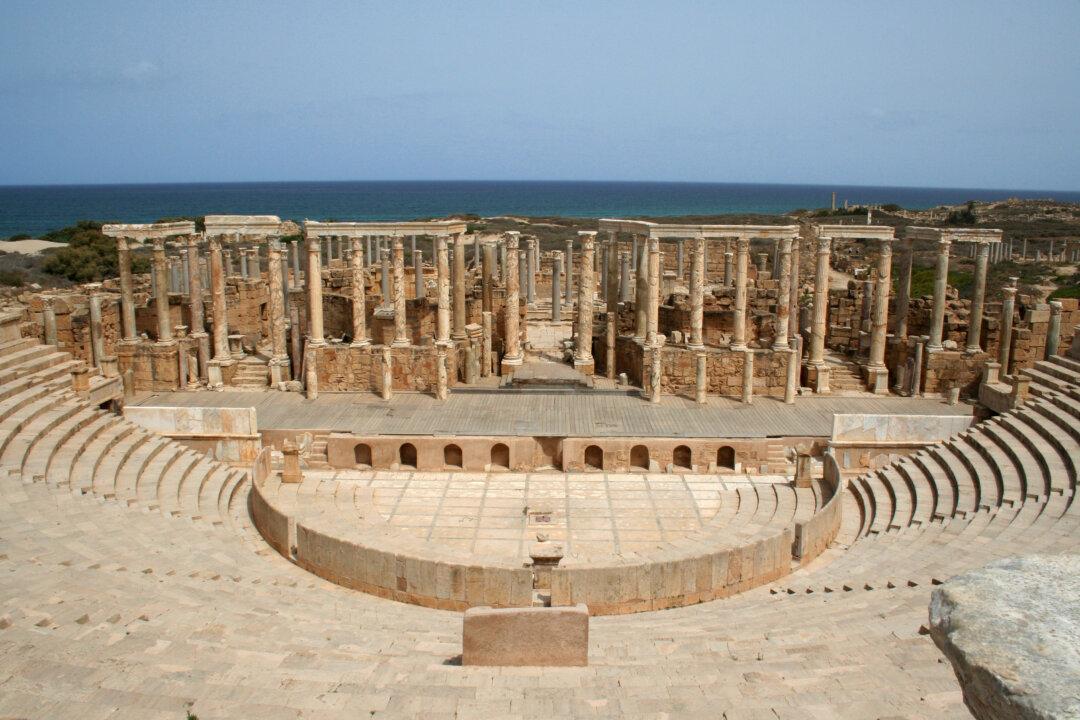London, Paris and New York are global cities: modern hubs for travel, technology and trade, their names and images echo around the globe, capturing our imaginations with their distinctive histories, famous residents and iconic landmarks. Cities, such as these, which connect with the wider world become mixing pots for a rich interplay of diverse ideas, people and cultures.
When we look to the past, it can be difficult to imagine that ancient cities were as vibrant and cosmopolitan as today’s. To get a sense of what our urban past was like, we could journey to Rome, Athens and Istanbul (formerly Constantinople and, before that, Byzantium), which have histories spanning back more than 2,000 years. But perhaps these cities, with their histories obscured by modern developments and continuing populations, don’t leave much scope for the imagination. After all, it can be difficult to see into the past with glassy hotels, brightly lit shops and hordes of tourists in your way.
Instead, it’s better to consider a more mysterious trio – Nineveh, Antioch, and Lepcis Magna (pictured above) – which can tell us fascinating stories about ancient urban life.
Nineveh
Nineveh lies on the banks of the River Tigris in northern Iraq, cheek-by-jowl with the modern city of Mosul. And what remains of it is threatened by the Islamic State insurgency in the region. But in the seventh century BC it was declared the capital of the powerful Neo-Assyrian empire by King Sennacherib, after the death of his father Sargon II. This marked it as the political and cultural centre of an empire which, at its peak, stretched across most of the Middle East.


